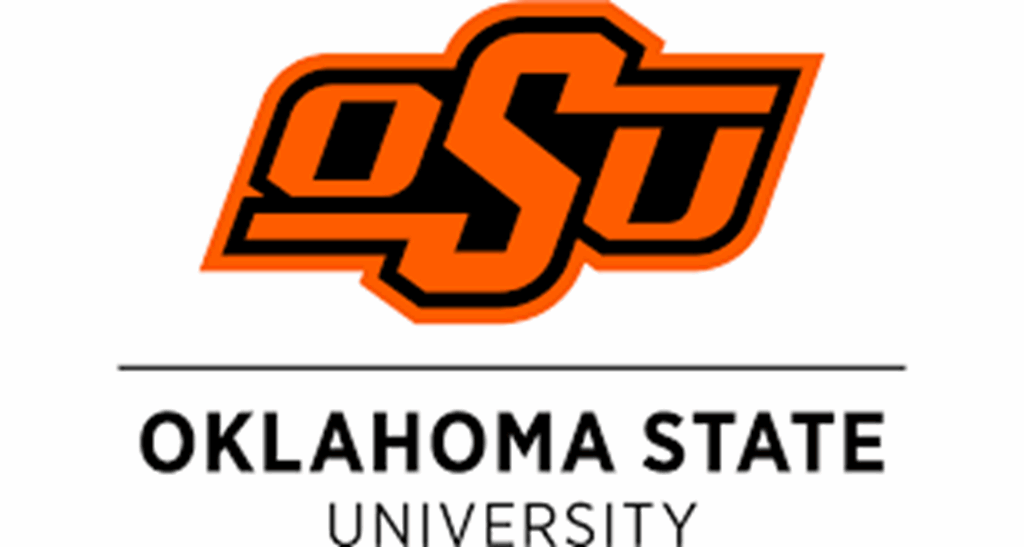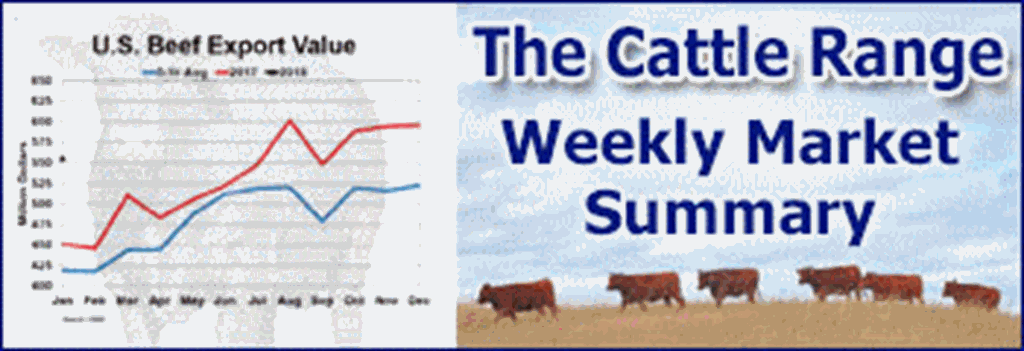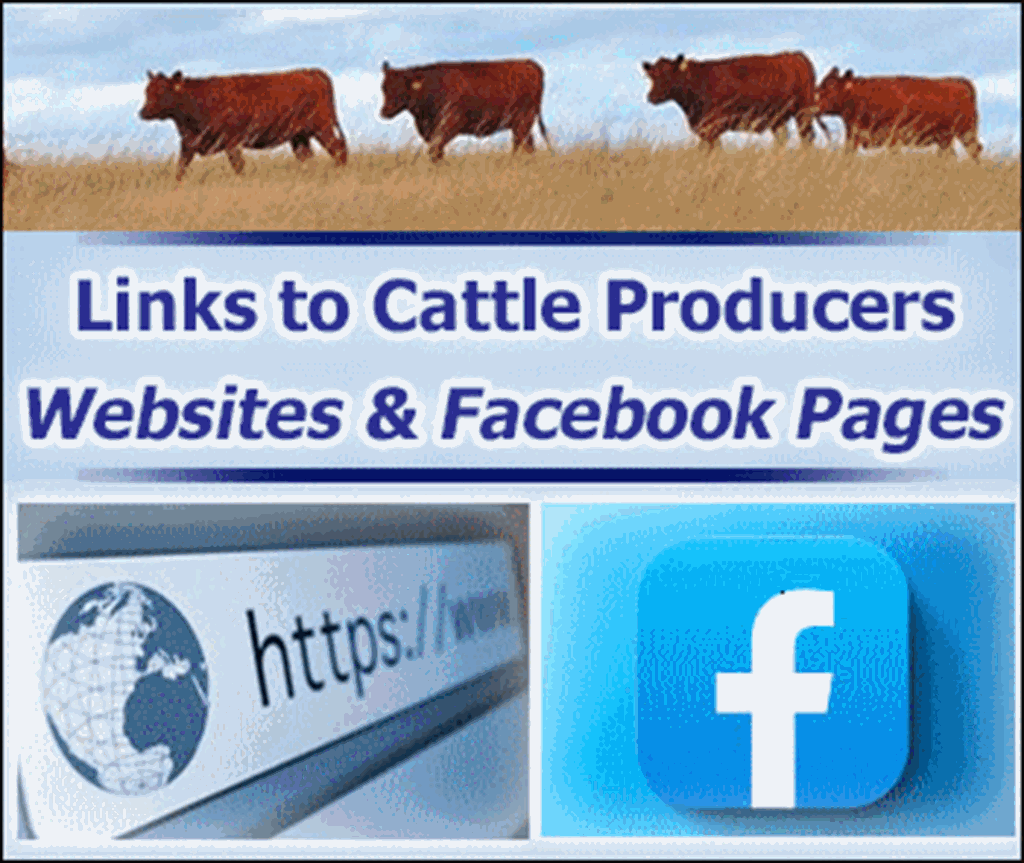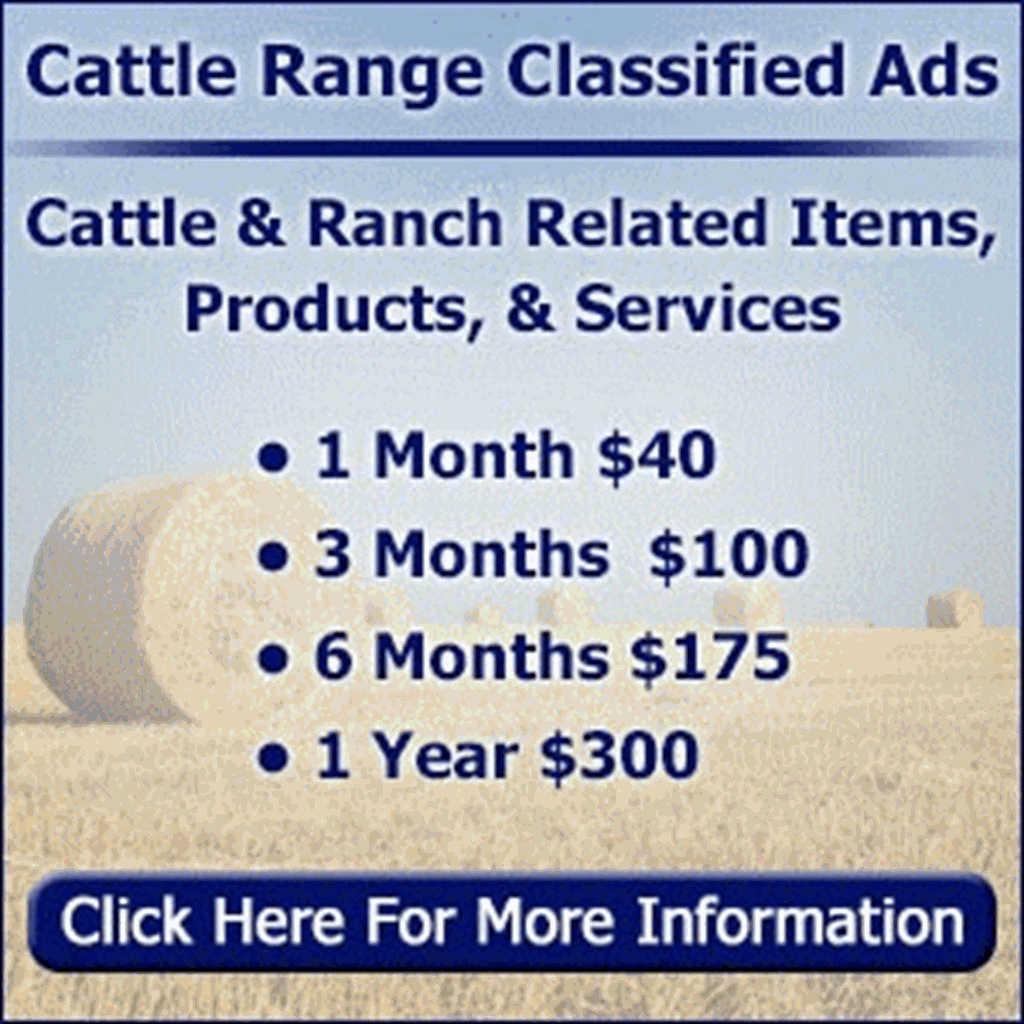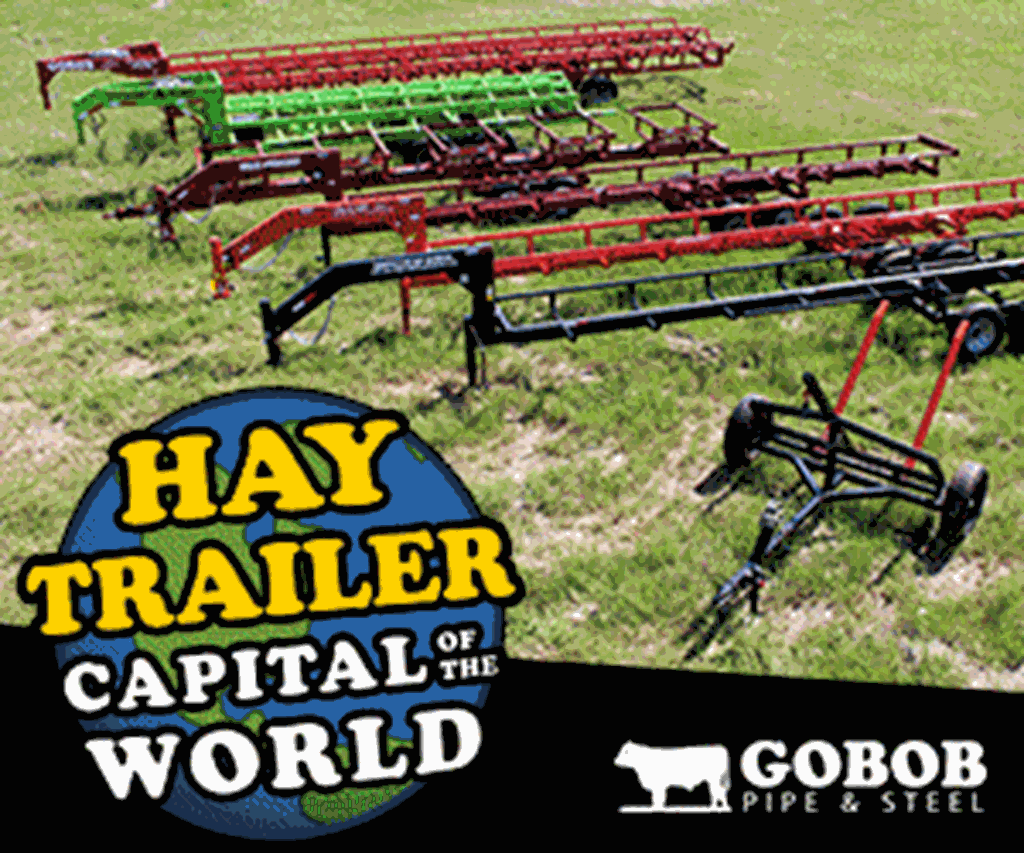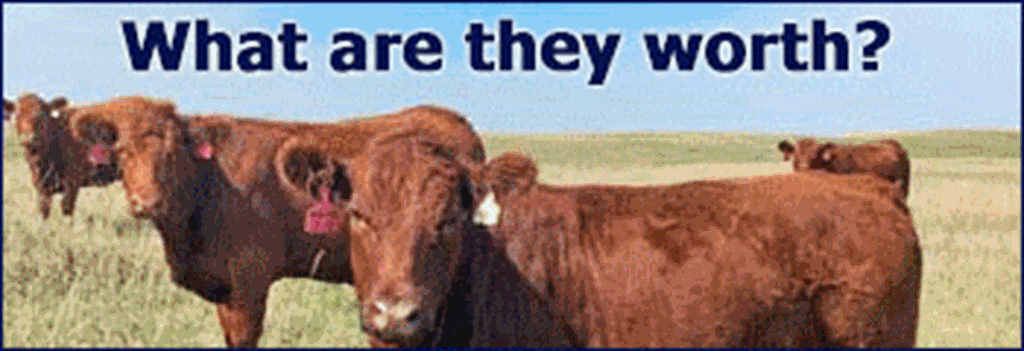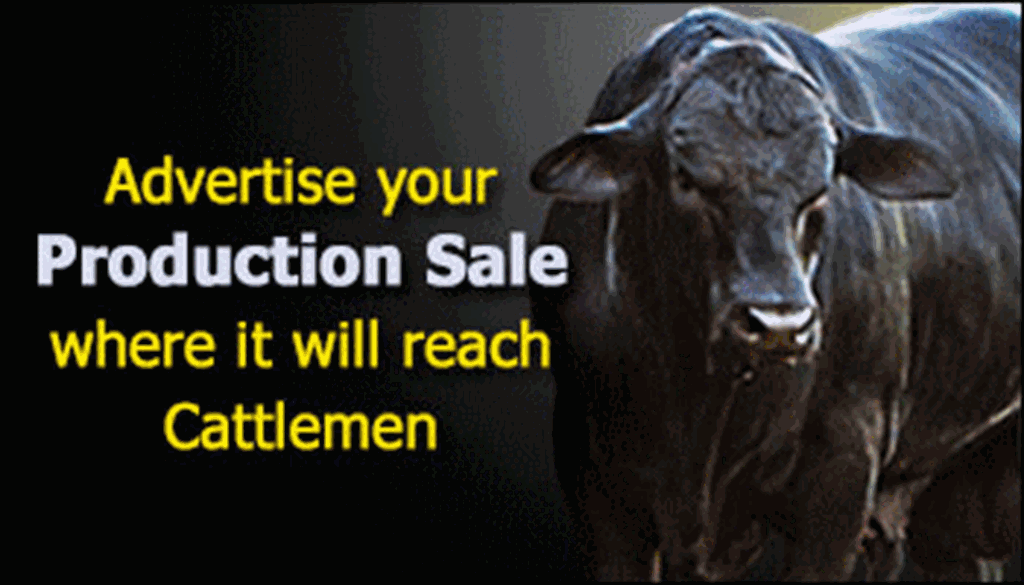Market prices for feed grains increase in order to ration feed demand to balance with a limited supply. High feed prices is a market signal to all feed users to use less grain. For the pork and poultry industries this is a signal to reduce production, which is the only way monogastric animals can reduce feed use. For the cattle industry, high feed prices does not mean that less cattle will be fed and produced… certainly not for many months. The supply of feeder cattle adjusts only slowly with annual calf crops. High feed prices encourage the cattle industry to utilize the ruminant flexibility of cattle to change how cattle are fed.
Figure 1 shows the current average auction prices for Oklahoma feed cattle ranging from 375 pounds to 925 pounds (blue line). The set of feeder cattle prices at any point in time reflects a variety of factors including the overall supply of feeder cattle, fed cattle prices, feed and forage market conditions, time of year and other factors. The price level for big feeder cattle (right side of the graph) is mostly a function of expected fed cattle prices and the supply of big feeder cattle relative to feedlot production flows. Feedlots have flexibility to purchase and place cattle of varying weights in the feedlot. The cattle industry adjusts to high feed grain prices mostly by focusing on buying heavier feeder cattle that will require less feed to finish. Thus, high feed prices have relatively little impact on the price of big feeder cattle but a significant impact on the price of lighter weight feeder cattle relative to big feeders.

Derrell S. Peel, Oklahoma State University Extension Livestock Marketing Specialist
